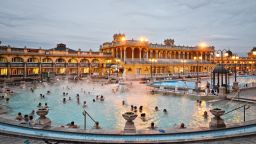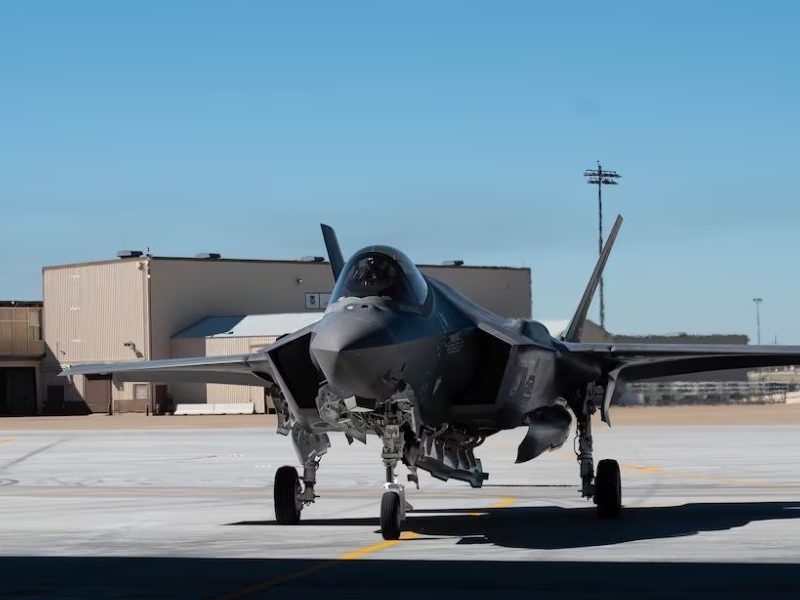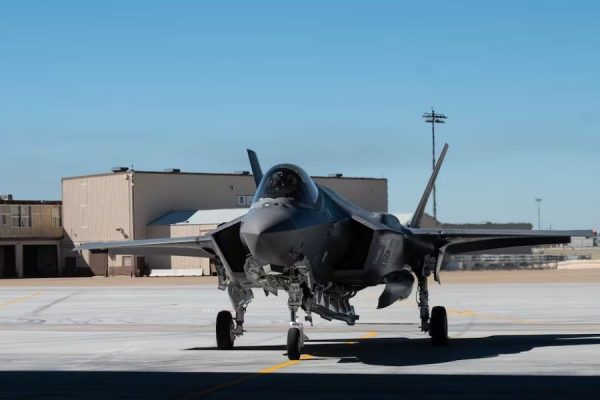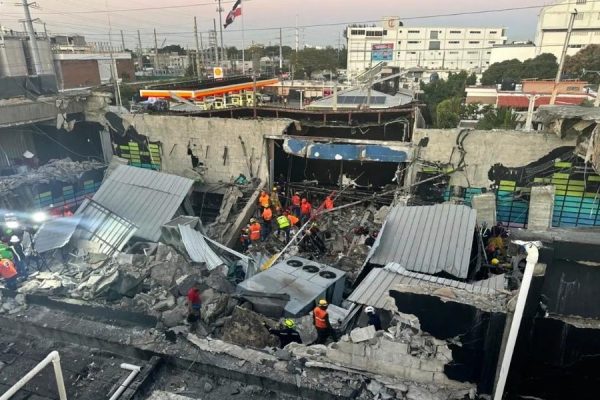If you walk by the former home of Albania’s communist dictator, Enver Hoxha, in central Tirana, you might not even recognize its historical importance. There’s no sign indicating its significance. The modest two-story house, unremarkable by dictator standards, appears to be under renovation rather than preservation, with its wide windows obscured by painter’s tape. The house was briefly open to the public in 2018, but few have been inside since.
The current state of Hoxha’s residence reflects how many Albanians view the communist era. After enduring years of brutal repression, many would prefer to forget the dictator ever existed.
During the height of his rule, Hoxha, infamous for his paranoia and isolationist policies, closed Albania’s borders, executed those who tried to flee, and built enough bunkers to shelter every family in the country. His regime’s distrust of allies, heavy surveillance, and Stalinist methods earned Albania the unflattering nickname “The North Korea of Europe.”

After Hoxha’s death in 1985 and the fall of communism in the early 1990s, Albania inherited over 220,000 military bunkers and structures. For decades, these stood as grim reminders of a darker past. But now, Albania is witnessing a tourism revival, thanks in part to entrepreneurs and returning emigrants who are repurposing these former military sites.
Today, Albania is experiencing a tourism renaissance, supported by entrepreneurs and returning émigrés who are giving a second life to communist military structures once used to house weapons of war.
In an effort to reclaim their history and traditions, Albanians are transforming bunkers and old military barracks into restaurants, guesthouses, art galleries, and even tattoo studios. These creative uses of former military infrastructure mark a shift in how the country relates to its past.
While Albania continues to heal from the wounds of its communist era, it’s clear that some are determined to rewrite the narrative, refusing to let their dark history define their future.
‘Old is gold’

A former military barracks outside Tirana has been transformed into a fine-dining destination known as Kazerma e Cerenit.
Henri Koci/Kazerma e Cerenit
Just 16 minutes from Tirana, up winding mountain roads lined with sheep, visitors are greeted by a mannequin dressed in military fatigues and a gas mask, marking their arrival at Kazerma e Cerenit — a former military complex now turned restaurant and agritourism hub. The project is the vision of Ismet Shehu, an Albanian chef trained in the UK who once served lunch to Queen Elizabeth II. Shehu returned to Albania to create a growing restaurant empire, with Kazerma being his latest venture.
As Shehu gestures toward the venue’s original, unaltered elements — such as concrete columns marked with the years ‘82 and ‘76 — he exclaims, “Old is gold.” The building, which was once a sparse garage for military trucks, now serves as a two-story dining hall. Though the space has been transformed, traces of its military past remain, from the original iron beams to bullet holes in the brick.
“Kazerma is about farm-to-table,” Shehu says. “It’s about supporting Albanians and our neighbors. People come here and are amazed by the transformation — from a place that once held tanks and weapons to a peaceful setting with great food.”
The military mess hall decor remains, with guests served traditional Albanian dishes like duck, pasta, and flija (a layered crepe dish) in military field trays. Waiters wear military uniforms, sometimes accessorized with red communist party neckerchiefs. At the end of the meal, guests receive their bill in a mock grenade pouch.
The complex also includes greenhouses, a duck farm, former bunkers now used for wine and cheese tastings, a small museum, and guesthouses where visitors can stay. It’s a unique experience, blending history with modern hospitality.
Despite the painful legacy of communism, Shehu’s goal is not to dwell on the past, but to look forward. “We don’t want to forget the past,” he says, “but now the story has changed. This is the new Albania.”
‘Brink of Starvation’
Another poignant reminder of Albania’s communist past is Bunk’Art 2, a museum located in a nuclear-grade bunker in central Tirana. Just steps from the Ottoman-era Et’hem Bey mosque, Bunk’Art 2 catalogues the atrocities of the Hoxha regime, housed in a preserved underground bunker that once served as a political prison.
The museum’s exhibits feature photographs and artifacts commemorating the victims of Hoxha’s brutal dictatorship, which is estimated to have caused the deaths of 5,500 individuals through executions, while unofficial figures suggest up to 100,000 people disappeared without a trace.
Waiters dress in military clothing, sometimes with a red communist party neckerchief.
Eni Koco, a guide with Albania My Way, who lived through those years, remembers the extreme isolation of Albania under Hoxha’s regime. “By 1990, we were at the brink of starvation,” Koco recalls. “Even clothes and shoes were in short supply. We had only five models to choose from, and everyone wore the same things.”

Related articleBudapest: The beautiful city with the darkest of pasts
The government, which controlled all aspects of life, employed a surveillance network so extensive that it turned citizens against one another, with even mundane objects, like broomsticks, being repurposed as spying devices.
It’s a unique hotel experience to write home about.
Reconnecting with Our Roots
In the remote village of Fishtë, Mrizi i Zanave is breathing new life into Albania’s agricultural traditions, which were suppressed under communism. Once a communist-era prison, the compound now serves as an agritourism destination, where visitors can experience authentic Albanian food and traditional farming techniques.
Altin Prenga, an agricultural engineer and the head chef, explains that his mission is to reconnect with Albania’s lost culinary traditions. “Under communism, food became standardized — white and square,” he says. “We worked the land, but we were state workers, not farmers. We lost our identity.” Today, Mrizi i Zanave is helping restore that lost connection to Albanian roots by offering guests a taste of the past, serving traditional dishes and rediscovering old practices like cheese-making, viticulture, and pine cone syrup production.
Prenga’s goal is not just to revive old customs, but to rebuild connections with marginalized communities. “Step by step, we’re rediscovering what we lost,” he says, proud of his work to revive the traditions of Albania’s rural past.











